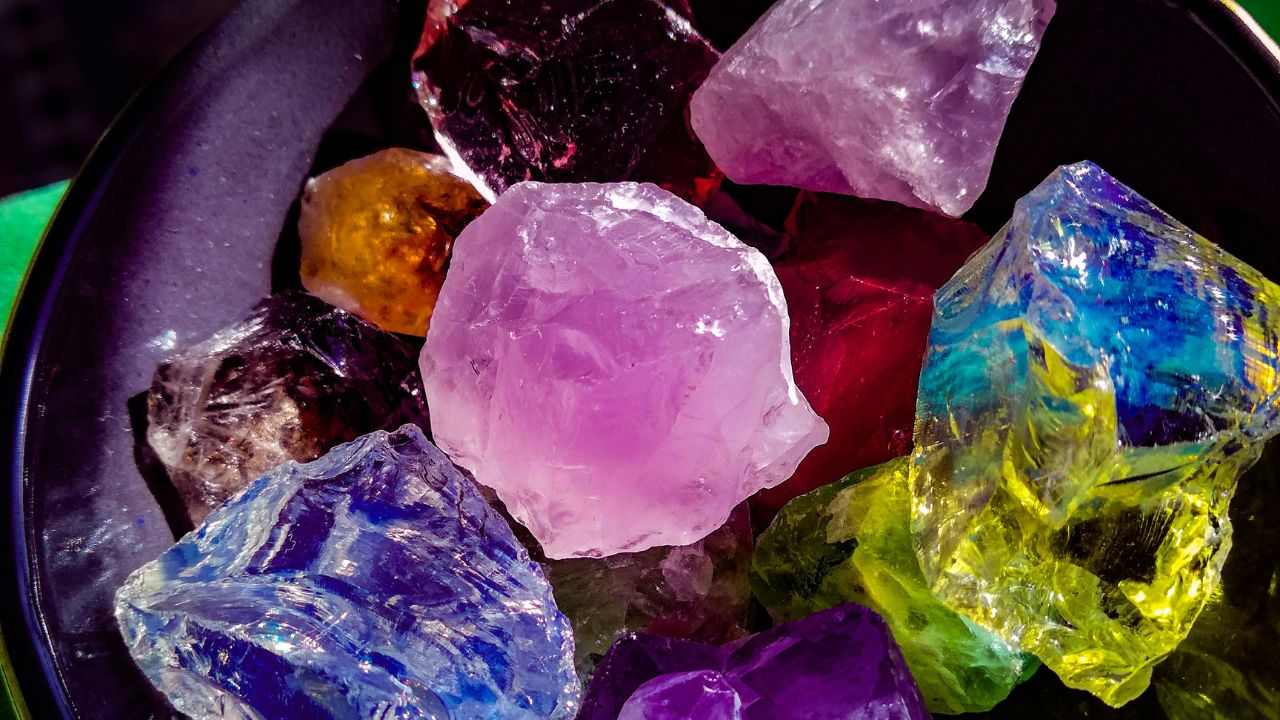Sonu, a Jaipur-based wholesaler of designer dresses, has made significant strides in expanding his family business internationally. Over the past 18 months, he has successfully tapped into markets in the United States, Australia, and Portugal, leveraging platforms like Etsy and Instagram. While venturing into overseas sales came with its share of hurdles, from finding reliable and cost-effective logistics partners to managing GST filings, Sonu has gradually adapted. “Starting something new always comes with challenges, but I’ve learned the ropes — whether it’s selecting the right logistics partner or handling GST,” he said. For each international shipment through Shiprocket, he spends between Rs 1,500 and Rs 2,000, with rare instances of returns from customers abroad.
The apparel export sector in India has been witnessing notable growth. According to the Apparel Export Promotion Council (AEPC), India’s ready-made garment exports to key markets have experienced robust increases in 2024: 9.7 percent to the US, 9.3 percent to Australia, 6.1 percent to the UK, and 7.2 percent to Germany between April and August. A recent ICRA report further projected a 9-11 percent revenue growth for Indian apparel exporters in fiscal year 2025, fueled by a reduction in retail inventories in major markets and an increasing shift in global sourcing towards India.
Bharat Aggarwal, a gems and jewellery exporter from Jaipur, is also seeing success in global markets, selling his products on platforms like eBay to customers in the US, UK, Australia, and parts of Europe. “I’m an engineer by training but always wanted to start my own business. Since jewellery is considered a premium product, I decided to focus on exporting semi-precious stones internationally,” Aggarwal explained. To expedite delivery, he ships his products via Shiprocket, reducing delivery times from about 25 days to an estimated 12 days.
Akshay Ghulati, CEO of International Shipping at Shiprocket, highlighted the growing significance of Indian artisans and MSMEs in the global trade of gems and jewellery, with these sectors accounting for 33.2 percent of India’s total exports in this category. He pointed out that the jewellery sector alone contributes 15.71 percent to India’s overall merchandise exports. Ghulati also noted the success of India’s handicraft industry, which is renowned for its cultural depth and skilled female workforce, comprising more than 56 percent of the industry. “Across 744 handicraft clusters, over 212,000 artisans from cities like Surat, Bareilly, Varanasi, and Chennai create over 35,000 unique products, each reflecting specialized craftsmanship,” he said.
The Gem and Jewellery Export Promotion Council (GJPEC) reported that India’s overall gross exports of gems and jewellery rose by 10.23 percent in October 2024, reaching Rs 25,194.4 crore, up from Rs 22,857.16 crore the previous year. However, a decline in coloured gemstone exports was noted, with provisional figures from April to October 2024 showing a 12.77 percent drop, from Rs 2,479.1 crore in 2023 to Rs 2,162.54 crore this year.
